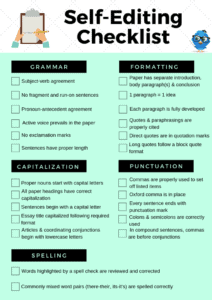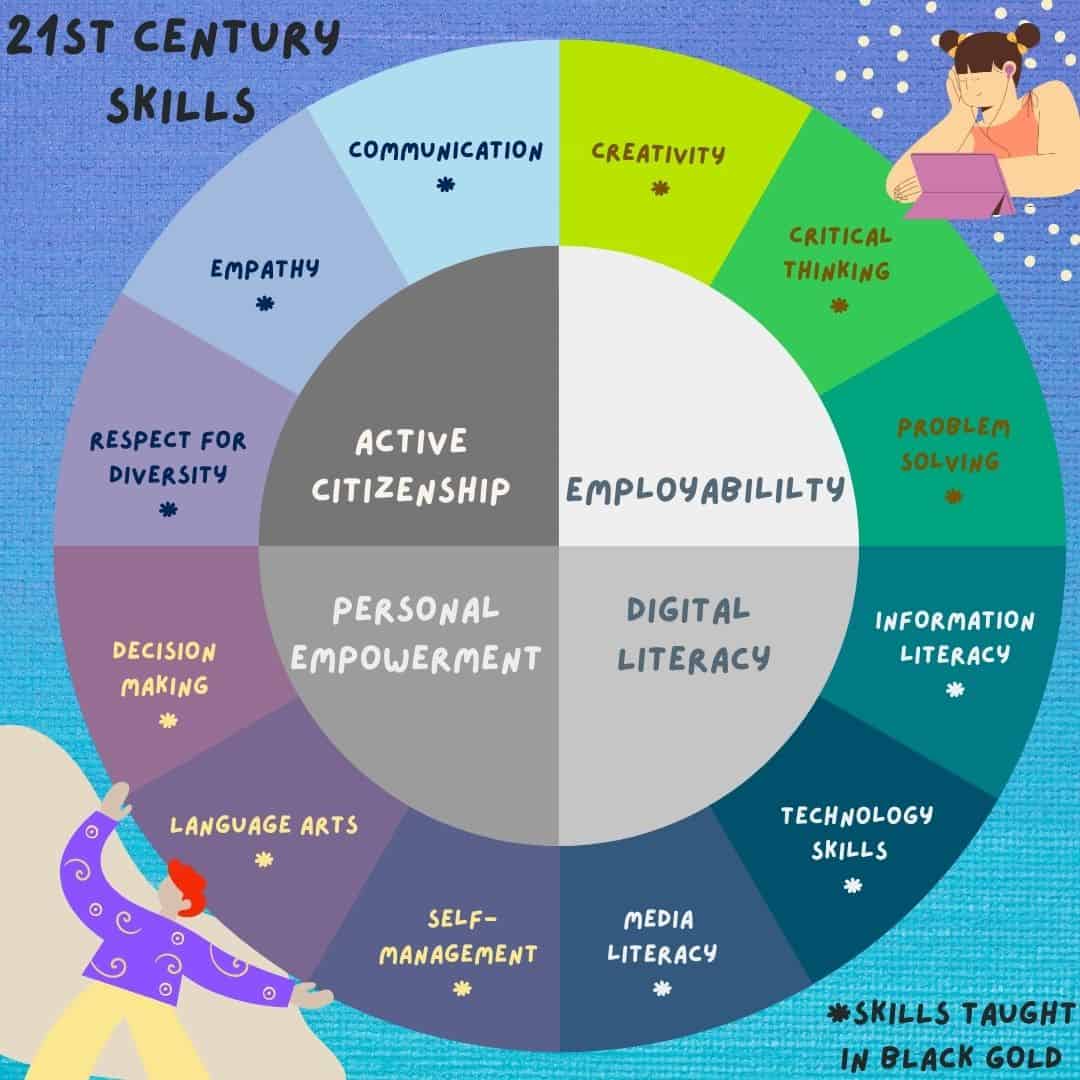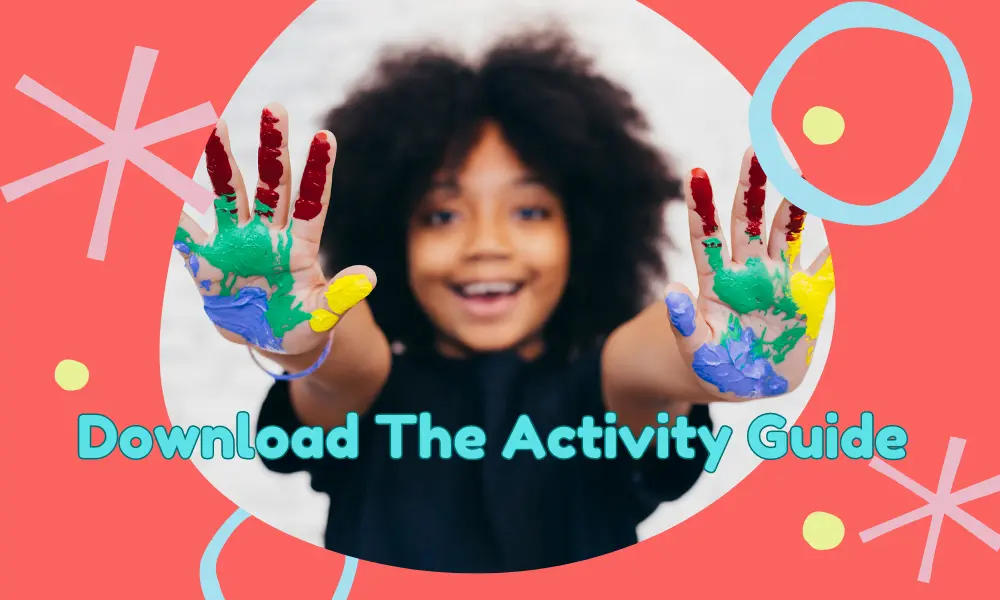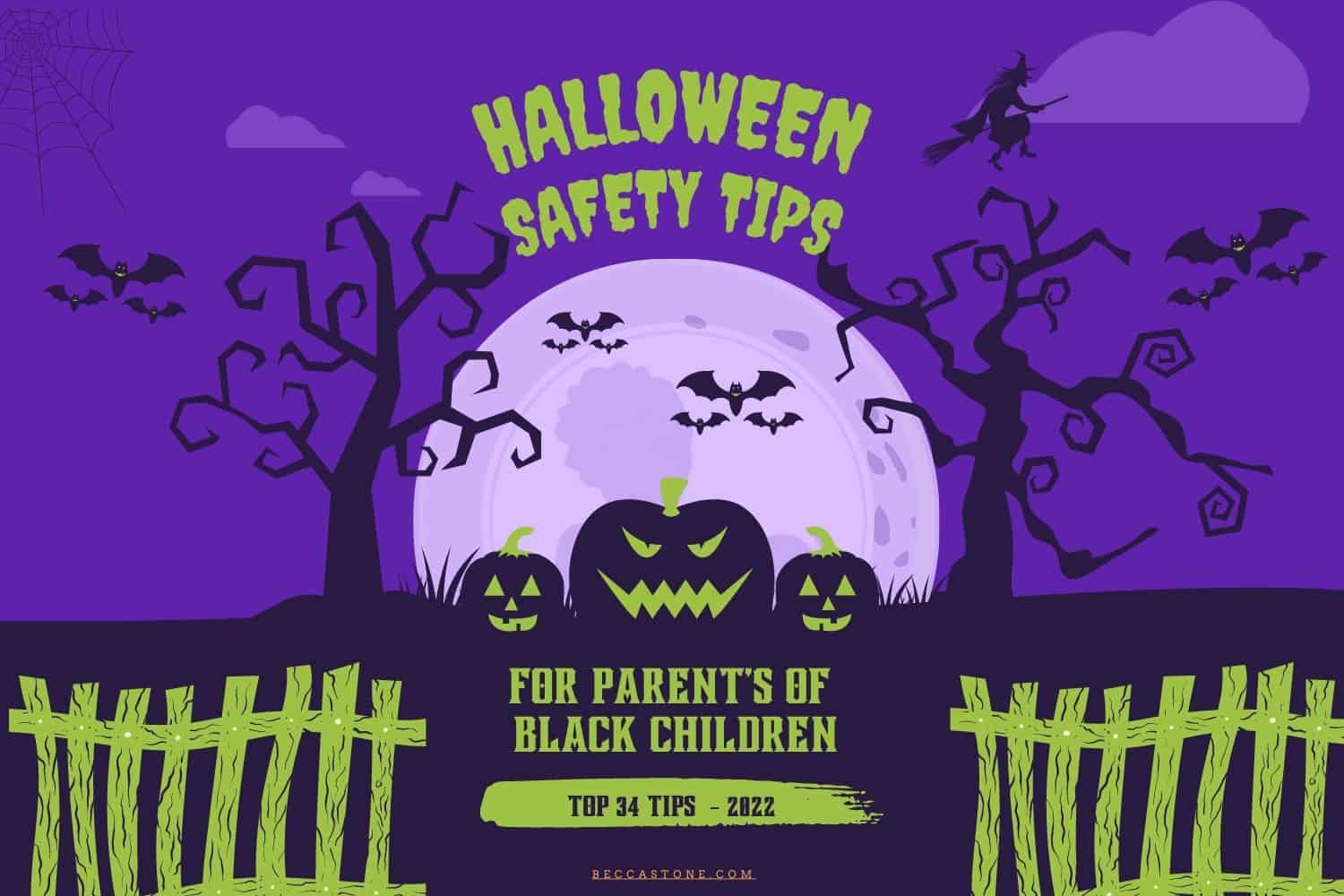Competency in English language arts is an important life skill and one of the most fundamental aspects of education in the US. Without good skills in this area, students can find effective communication difficult and career paths severely limited. But many parents can use assistance in teaching the full range of ELA skills to homeschool students.
What are English Language Arts (ELA) Standards?
Language arts instruction typically consists of a combination of reading, writing (composition), speaking, and listening, in addition to grammar and vocabulary. ELA is the study of each of these disciplines.
According to CoreStandards.org, “The Common Core State Standards for English Language Arts & Literacy in History/Social Studies, Science, and Technical Subjects (“the standards”) represent the next generation of K–12 standards designed to prepare all students for success in college, career, and life by the time they graduate from high school.”
“The Common Core asks students to read stories and literature, as well as more complex texts that provide facts and background knowledge in areas such as science and social studies. Students will be challenged and asked questions that push them to refer back to what they’ve read. This stresses critical-thinking , problem-solving, and analytical skills that are required for success in college, career, and life.”
The standards establish guidelines for English language arts (ELA) for K-12 as well as literacy for history/social studies, science, and technical subjects starting in grade 6.
The students secure skills required for college and careers in multiple disciplines because language arts must be mastered across a variety of content areas,
Why is ELA challenging to teach?
A number of homeschool parents have told us that they would like an all-in-one language arts curriculum, but an inclusive approach to teaching language arts in a homeschool setting can be difficult to find. Further, many students respond better to a variety of different courses, where each course is tailored to a student’s needs and interests. Under these conditions, it can be challenging to try to ensure that your curriculum of various courses meets your child’s ELA needs.

CoreStandards.org notes that “Beginning in grade 6, the literacy standards allow teachers of ELA, history/social studies, science, and technical subjects to use their content area expertise to help students meet the particular challenges of reading, writing, speaking, listening, and language in their respective fields.”
This means that starting with middle school, you and your child should look for ELA opportunities in a variety of course topics. It’s not difficult to create an assignment that would allow the student opportunities to practice ELA skills. The difficult question for the homeschool teacher is how do you teach the skills and then grade the results?
Encourage the idea of Multiple Drafts Before the Final
By the time a student reaches 6th grade, a student should be able to write a short (300 word) paper containing clear, concise sentences organized into paragraphs that make sense as a whole. Students should understand it is rare that a well written paper “appears” with the first effort. Good writers typically go through multiple drafts before a final paper.

One way to help students self-edit a draft is to give them a checklist. This checklist would allow the student to review the paper on their own and see whether each of the checklist items has been met. Checklists typically focus on writing style and grammar. Marking up a printout or a copy of the draft with changes allows them to see where they need to focus their attention in the next draft. With each subsequent assignment, the initial drafts should improve.
 There are many self-editing checklists that can be used to assist students in going through the process of taking their first draft to a final product. A Google search will produce many options for grade level or ability-based editing, as well as checklists for different types of writing assignments. Here is one such example that homeschooled high school students might find useful.
There are many self-editing checklists that can be used to assist students in going through the process of taking their first draft to a final product. A Google search will produce many options for grade level or ability-based editing, as well as checklists for different types of writing assignments. Here is one such example that homeschooled high school students might find useful.
Grading Without Tears
Evaluating a student’s work is also challenging. Homeschool.com has five different pointers in this area. One of these is a writing rubric. Rubrics go beyond checklists to cover concepts like meaning, development and organization. Many types of writing rubrics exist, and software is available to create rubrics associated with specific assignments.
Sharing the rubric with your student prior to writing the paper will help them during the draft/revision process to produce a paper that is of better quality. When grading, help the student understand where they could have improved.
Giving them the opportunity to revise the paper again, after the initial grading, will help them become a better writer and potentially improve their grade.
BLACK GOLD
 Beccastone developed Black Gold as a homeschool course that would encourage students to work on their writing and critical thinking skills while learning more about the achievements of prominent Black Americans. Geared toward middle and high school students, the array of different media resources, activities and projects are designed to engage students and give them opportunities to practice ELA skills.
Beccastone developed Black Gold as a homeschool course that would encourage students to work on their writing and critical thinking skills while learning more about the achievements of prominent Black Americans. Geared toward middle and high school students, the array of different media resources, activities and projects are designed to engage students and give them opportunities to practice ELA skills.
Included in the course are rubrics designed to help in both the writing, reviewing and revising process.
And, Black Gold goes beyond providing ELA opportunities for your student. The image above illustrates twelve different 21st century skills a student can hone while studying this course.
Black Gold inspires students while giving them the tools they need for future success!







Share your thoughts